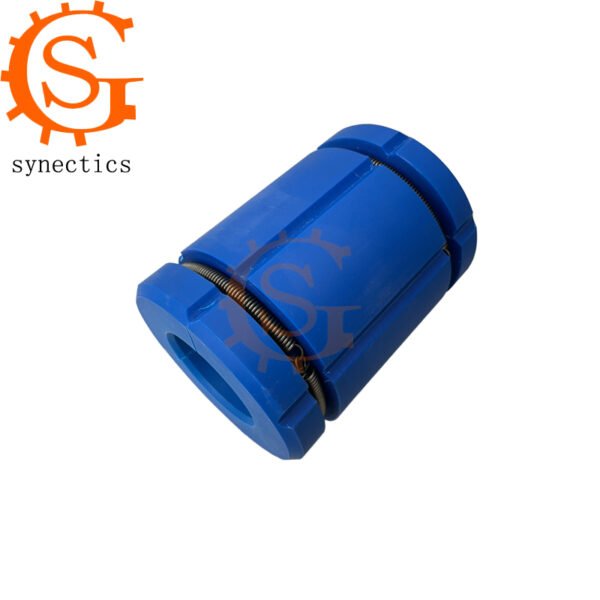In a rewinding slitting machine, the friction rings on the differential air shaft play a crucial role in maintaining stable tension during the process of unwinding and rewinding materials. This type of machine is typically used in industries such as paper, film, and metal processing where precise control over material tension is necessary to prevent damage to the material or defects in the final product.
Function of Friction Rings
Friction rings are designed to engage with each other or with other components of the differential air shaft. They are responsible for generating the necessary friction to ensure that the materials being processed maintain a consistent tension as they move through the machine. This is particularly important when materials like paper, film, or metal coils are being slit into narrower widths or rewound into new rolls.
Key Features
- Adjustable Tension: The friction between the rings can be adjusted to suit different materials and processing requirements, allowing for fine-tuning of the tension levels.
- Durability: High-quality materials and manufacturing processes are used to ensure the longevity of the friction rings, reducing maintenance needs and downtime.
- Safety: Proper design and quality control measures are implemented to ensure that the friction rings do not cause overheating or other mechanical issues that could compromise safety or product integrity.
- Efficiency: By minimizing slippage and ensuring smooth operation, friction rings contribute to the overall efficiency of the rewinding and slitting process.
Installation and Maintenance
Correct installation is crucial to ensure the optimal performance of friction rings. Regular maintenance, including cleaning and periodic inspection for wear, helps in prolonging the life of these components and maintaining the machine’s operational efficiency.
In summary, the friction rings on a rewinding slitting machine’s differential air shaft are essential for achieving controlled tension during material processing, thereby ensuring the quality and consistency of the output products.









No comment